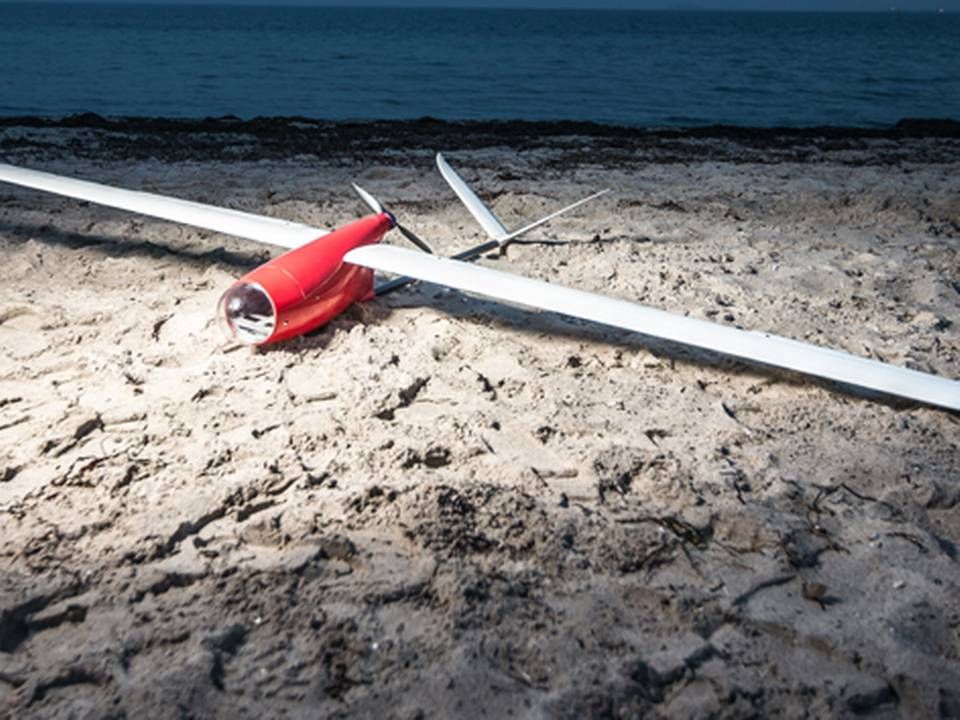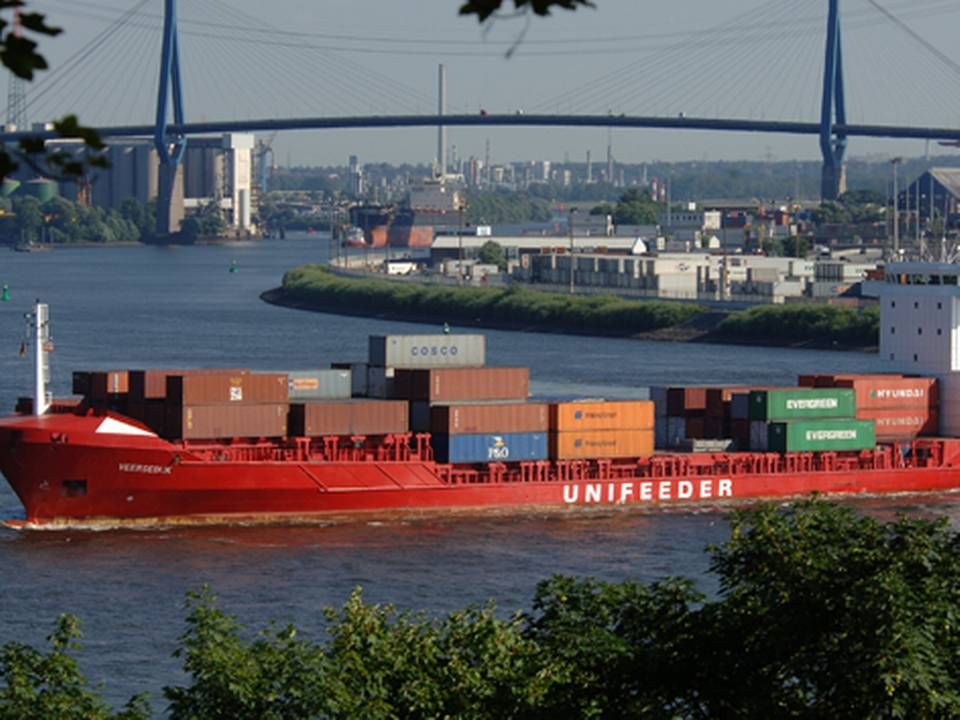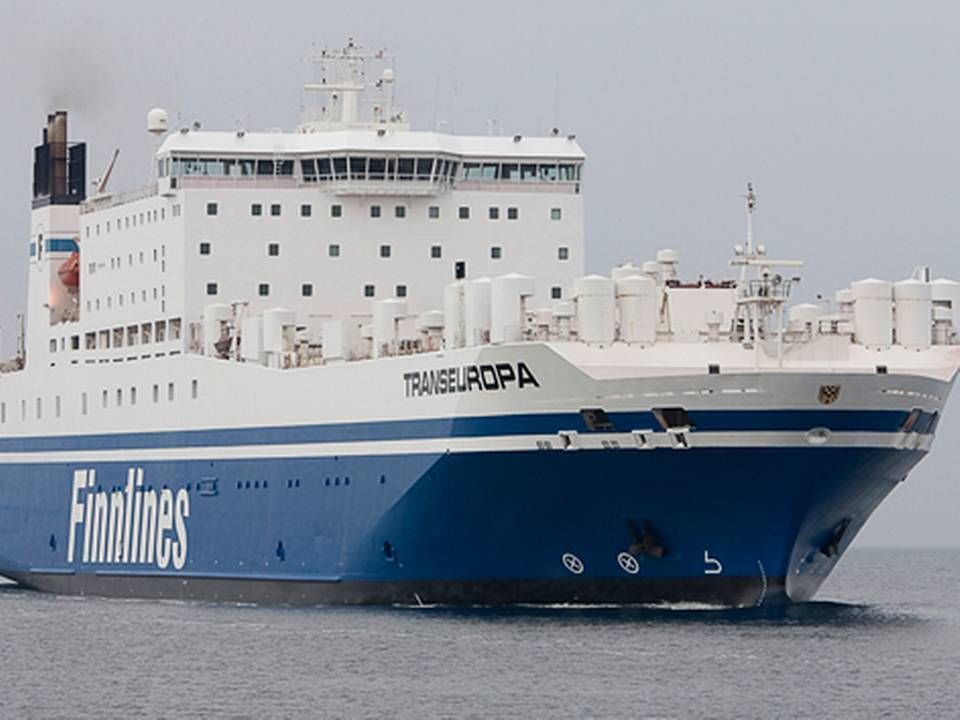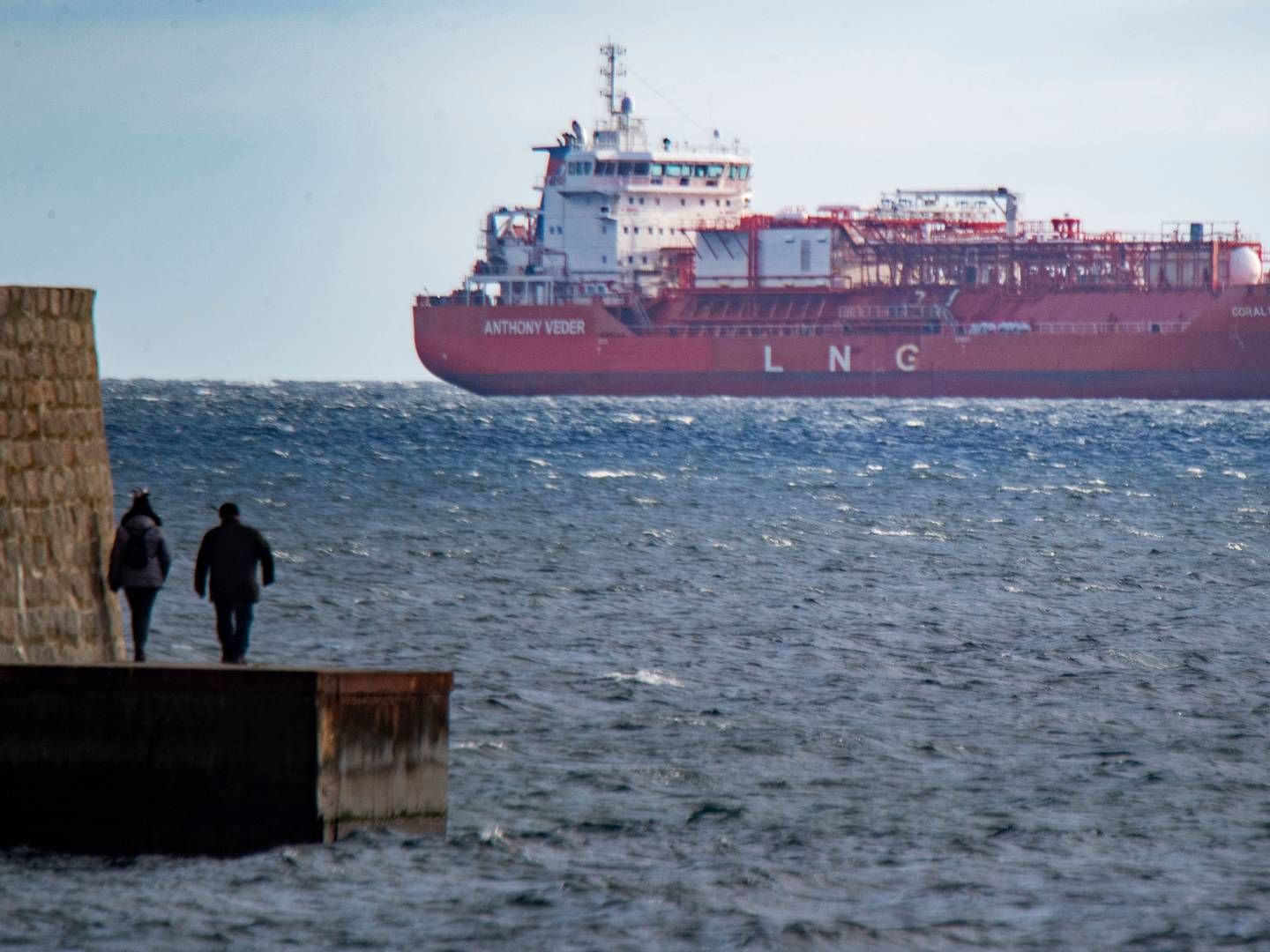European sulphur control still a ways off
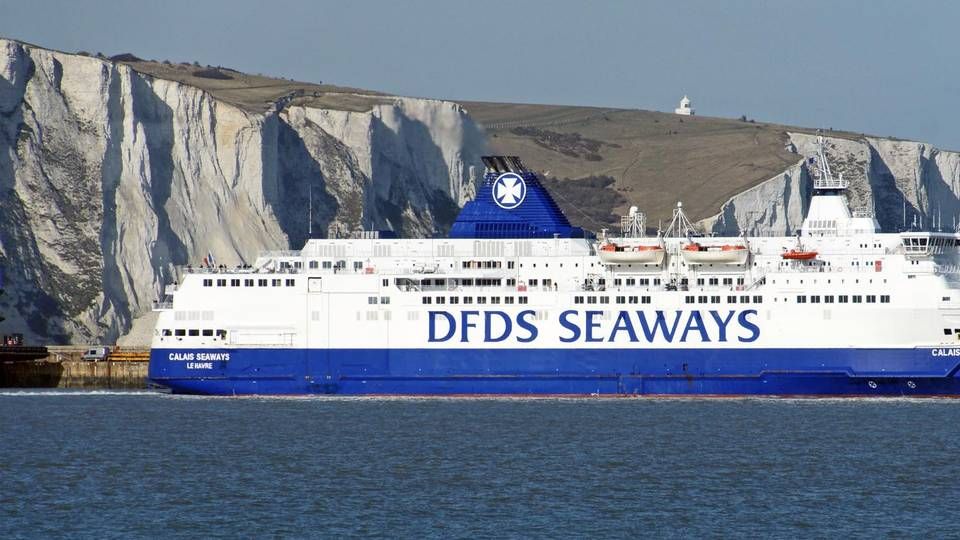
Starting January 1st 2015 ships will no longer be allowed to operate in the ECA zone in the Baltic Sea, the North Sea, and the English Channel if they are using fuel that produce emissions with more than 0.1 percent sulphur.
In order for the control to be effective, authorities will naturally have to be able to catch those breaking the rules. But European authorities still have some ways to go before having the necessary tools in place.
"We're currently at a stage where we're investigating which initiatives and methods that are possible to introduce, and we're working at both Nordic and EU levels to establish a joint project, as this does represent an international problem that can't be solved in Denmark alone. We're working in both the EU, Helcom, and Paris-MOU to establish some joint campaigns that can run in 2015 and 2016," Dorte Kubel, specialized consultant at the Danish Ministry of the Environment, tells ShippingWatch.
Sulphur regulations cost Hapag-Lloyd up to USD 270 million
She adds that the Danish goal is to have a strategy up and running by January 1st 2015, but that it will likely not be "the big guns." But it will be settled during 2015 and 2016, she says.
This means that when the regulation comes into force by New Year's, there will not be any other control measures ready than the current random samplings performed on ships calling in Danish ports today. According to the Danish Maritime Authority, which currently performs the task of sampling fuel, only 75 tests are done every year in relation to the so-called Port State Controls.
And things are not looking better in Europe, where surveys by the EU Commission and others, supported by data from Maersk Line and Maersk Tankers, have previously shown that just around one of a total 1,000 ships in Europe have encountered fuel controls. Of more than 7,000 inspected ships under Port State Control in 2012, only ten were detained due to using the wrong fuel.
Maersk calls for increased fuel control
Two ministries in Denmark are currently working to develop new technology to ensure the control, while also collaborating with authorities in other EU countries in an effort to improve the statistical base, as well as increasing the number of reportings to achieve a better understanding of the extent of the problems. The Ministry of the Environment calls for, among other things, a joint stance among the EU countries.
"We support a harmonization within the EU, in order to ensure that the reportings and statistics are gathered centrally, which would make the effort more effective internationally than otherwise possible if Denmark is working alone," says Dorte Kubel, who stresses to ShippingWatch that the ministry is understands and supports the shipping industry's efforts to introduce these control measures as quickly as possible.
Drones as new weapon against emission violators

